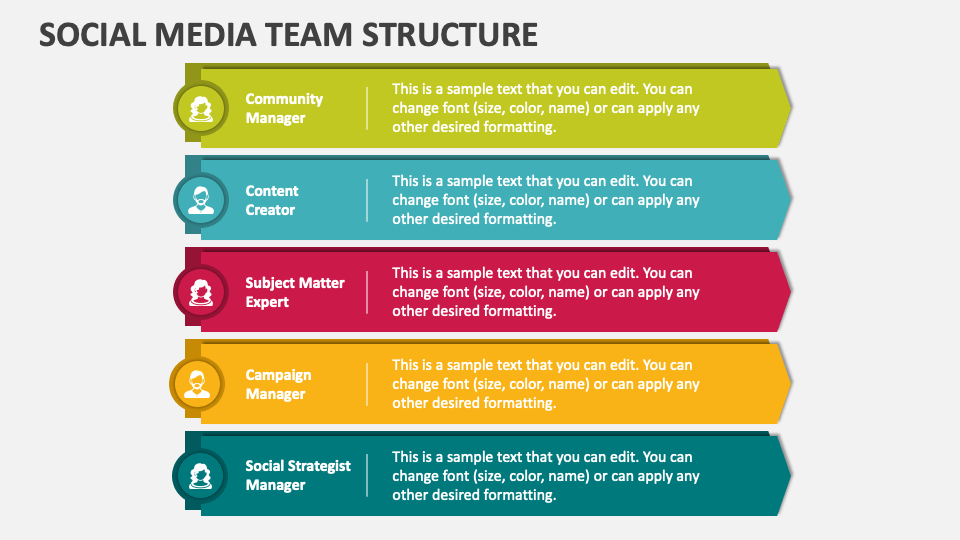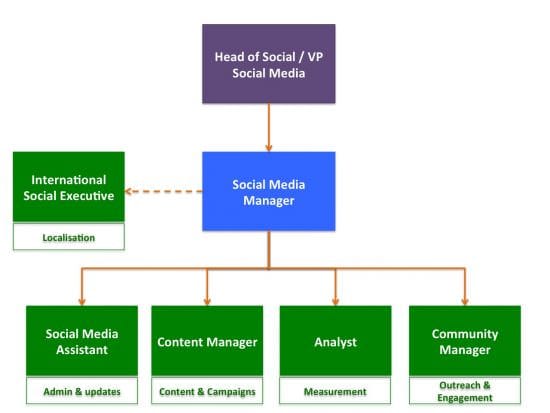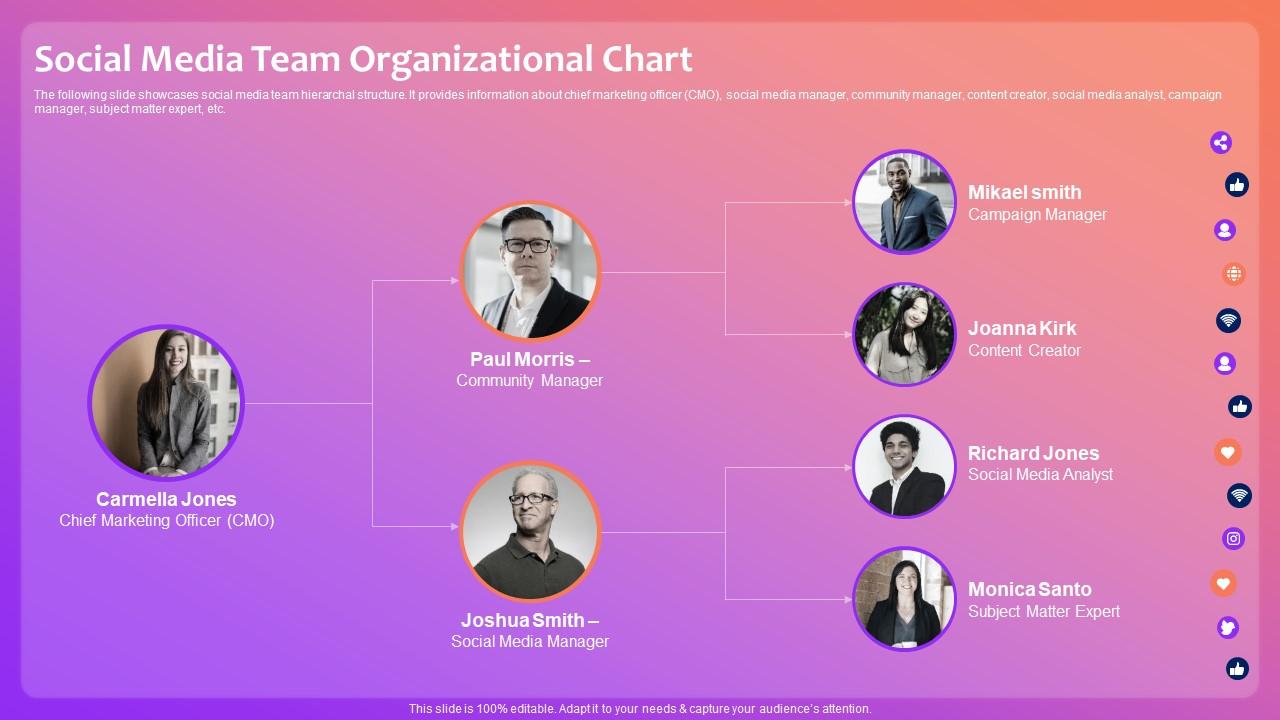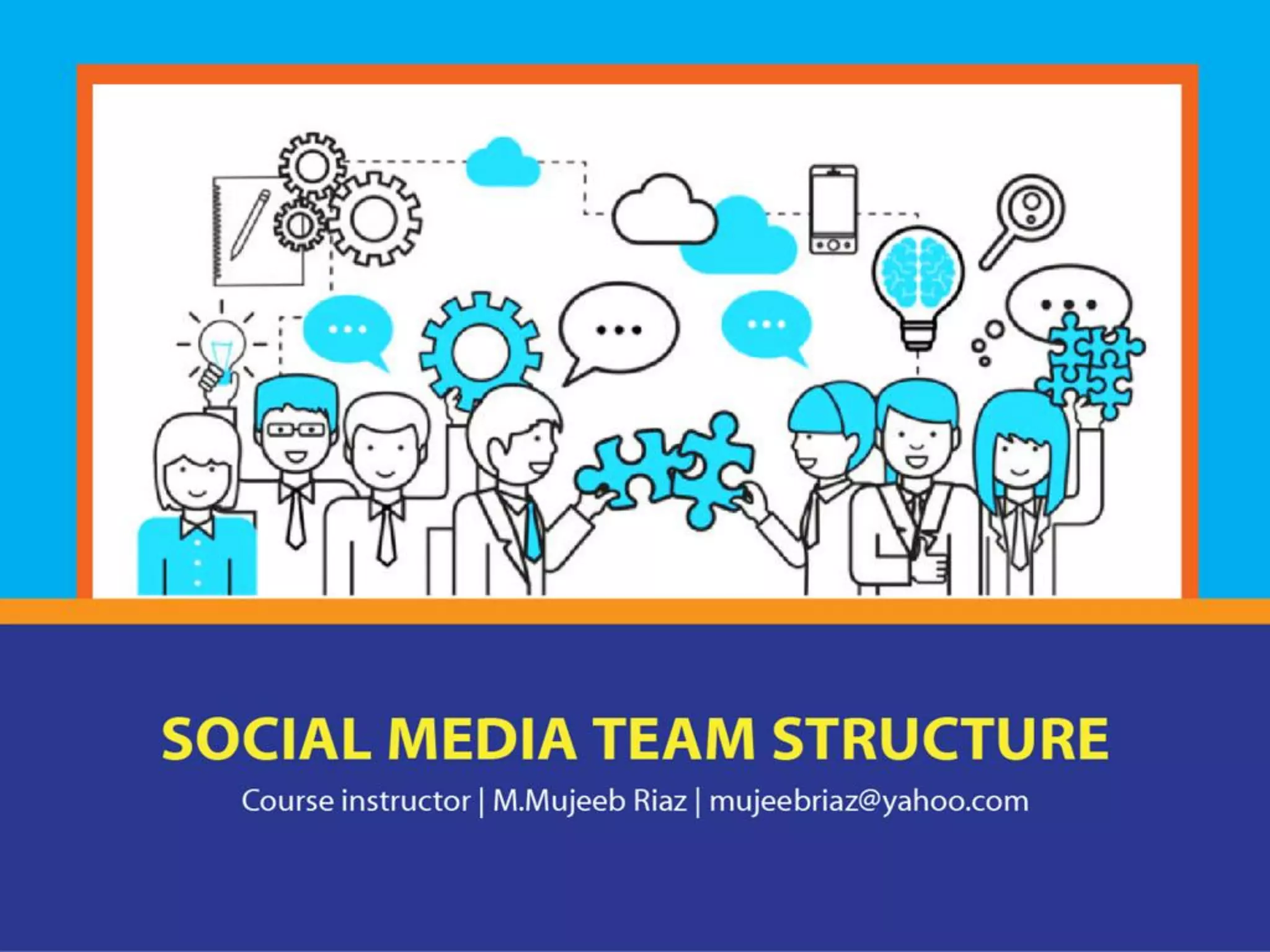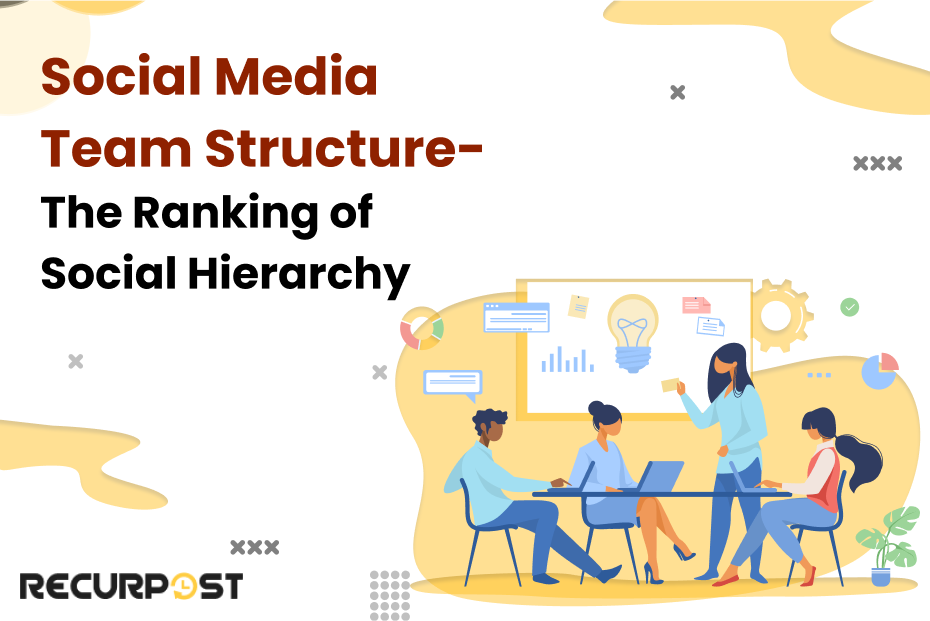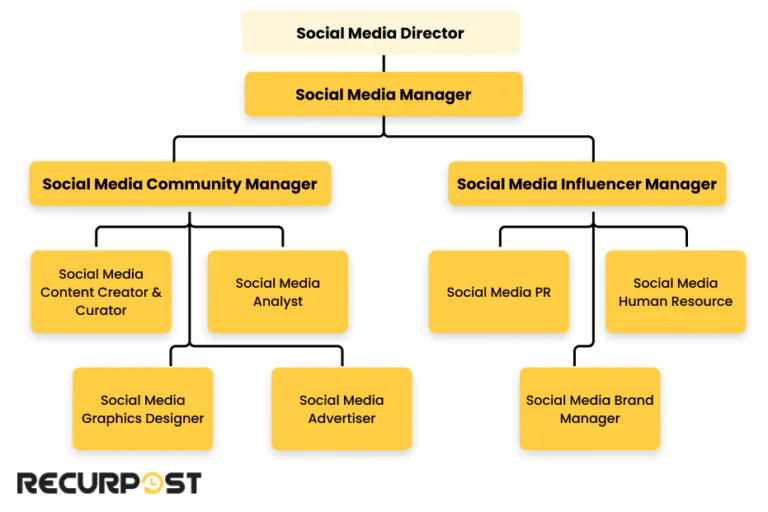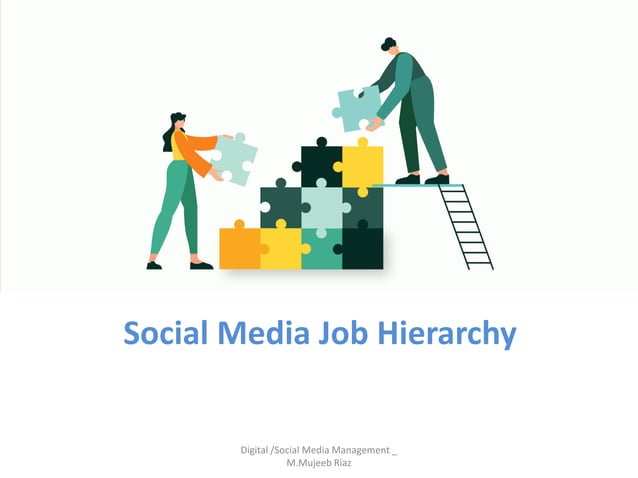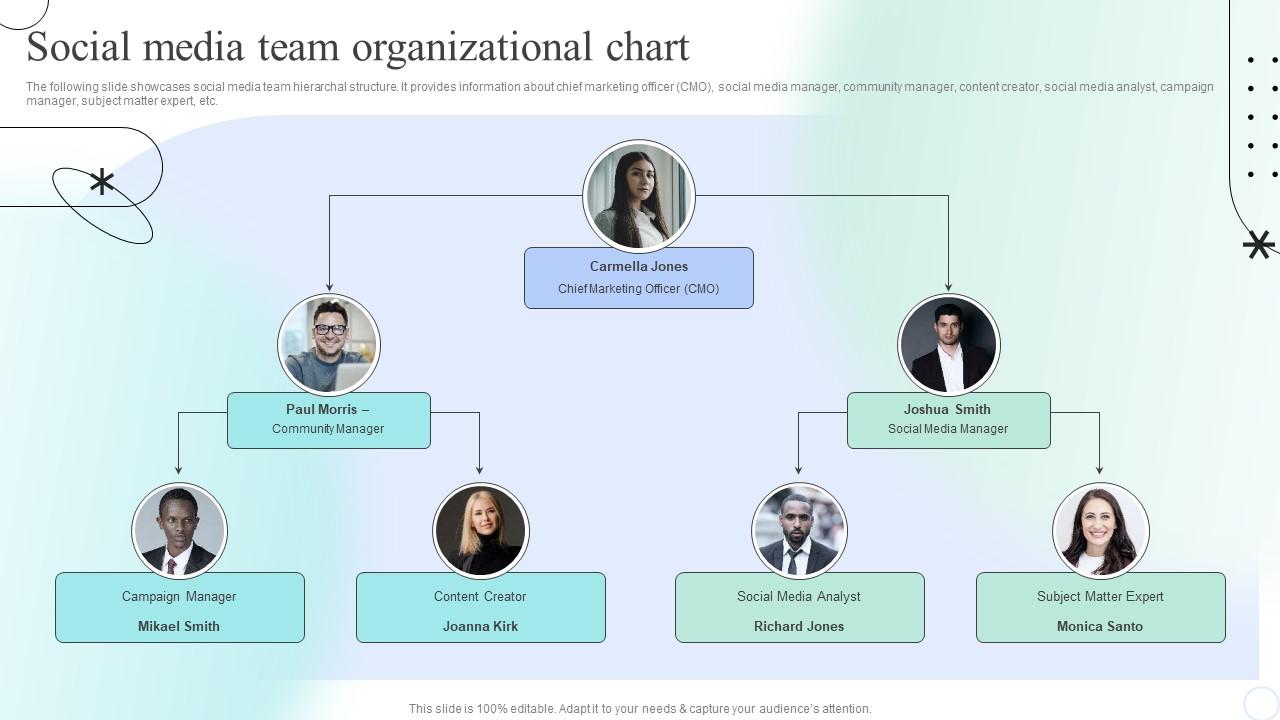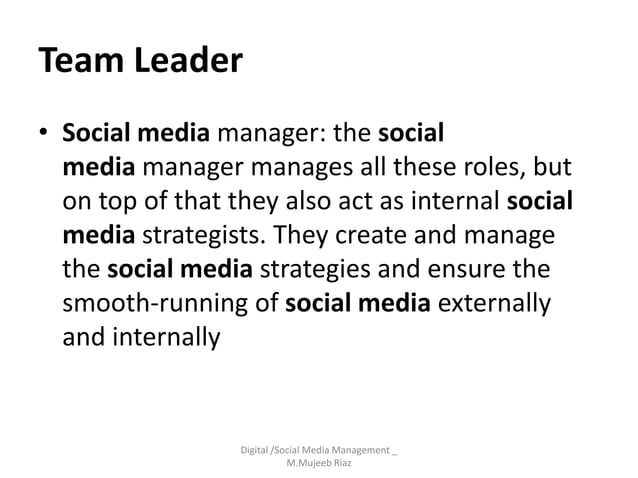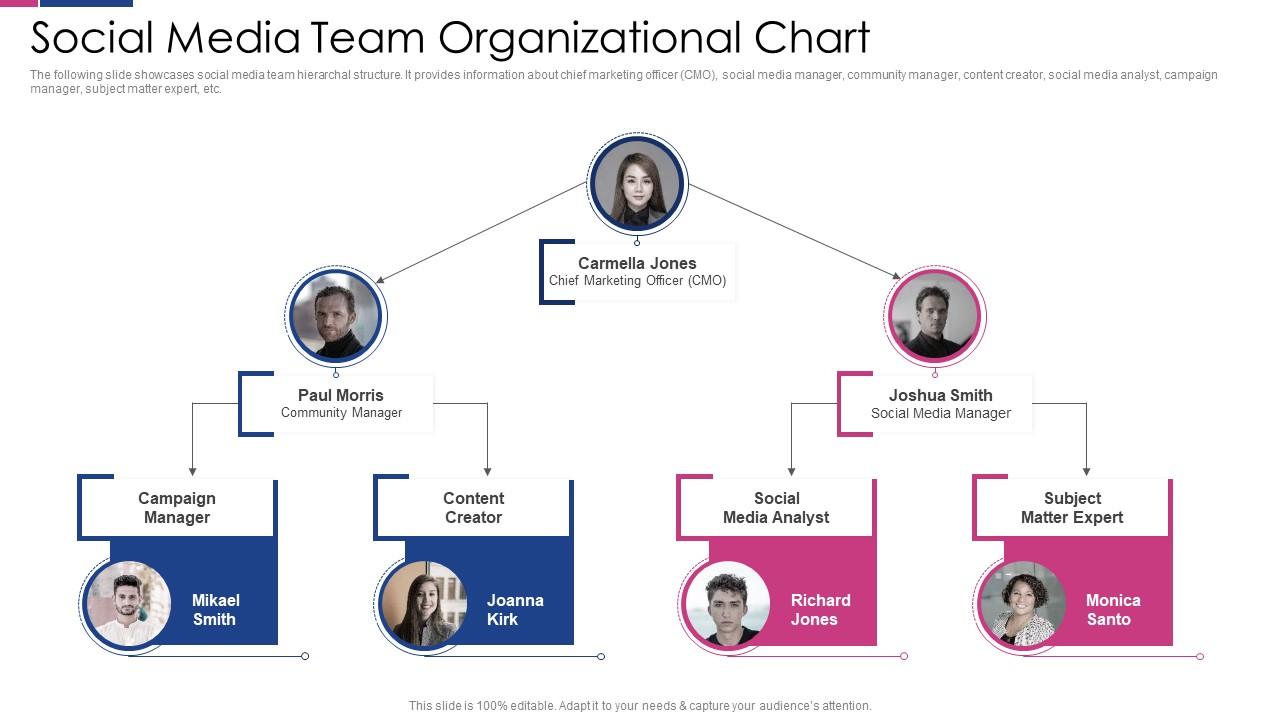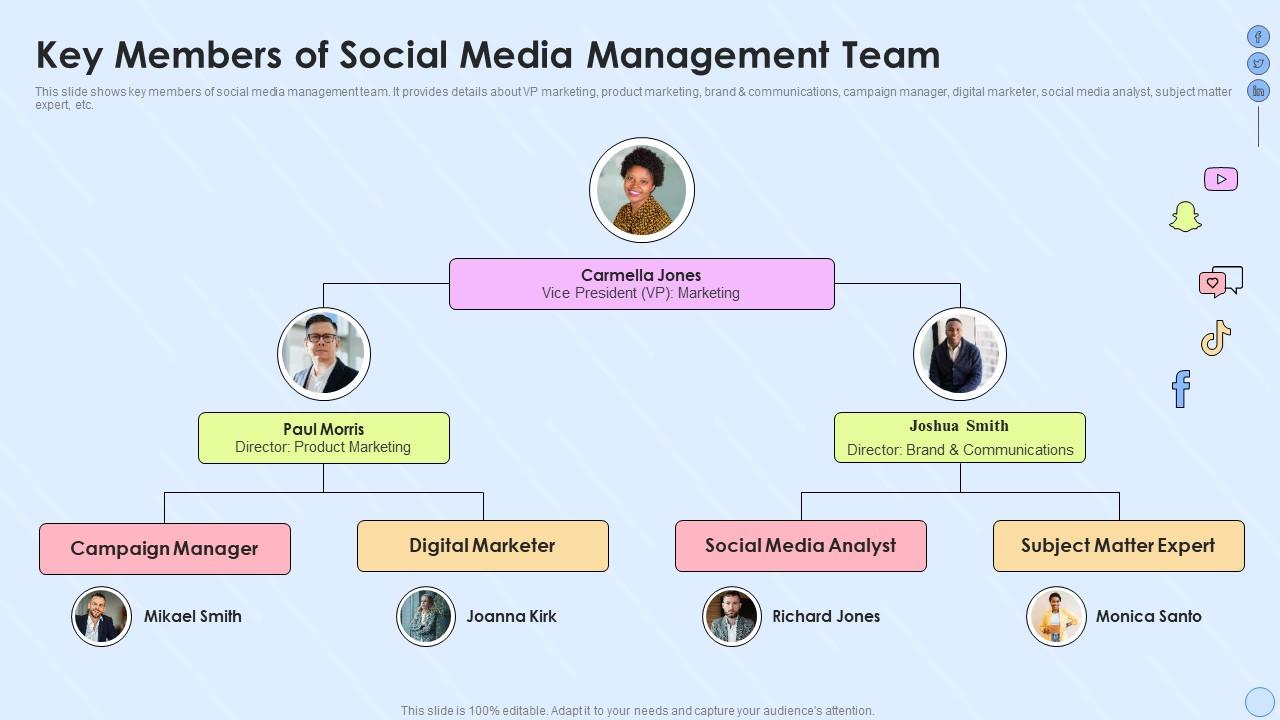Social Media Team Structure Holistic Model Common
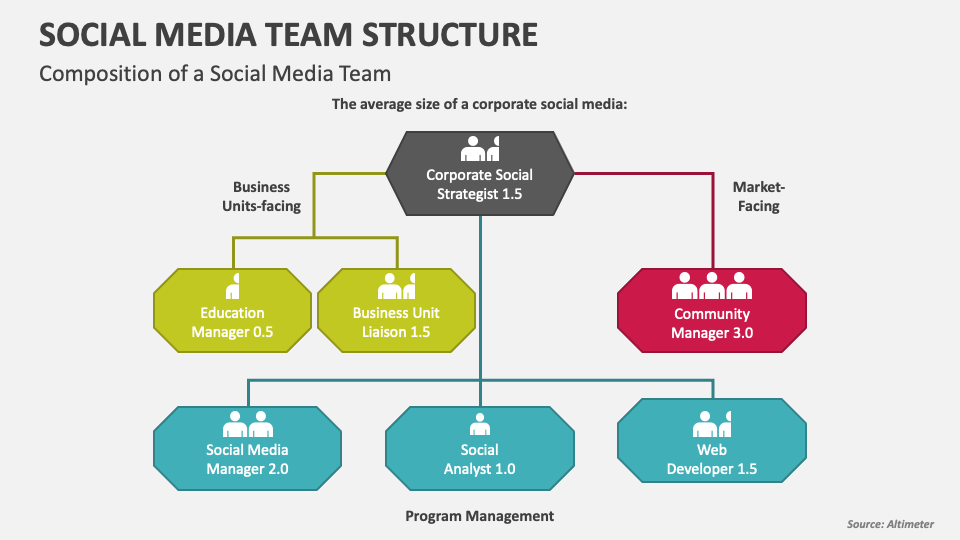
The rapidly evolving landscape of social media management is prompting organizations to re-evaluate their team structures. A shift towards a more holistic model is becoming increasingly prevalent. This approach seeks to break down traditional silos and foster greater collaboration across various social media functions.
The "Holistic Social Media Team Structure" aims to integrate content creation, community engagement, data analytics, and advertising within a unified framework. This restructuring represents a significant departure from previous models that often compartmentalized these functions. The aim is to create a more agile and responsive social media presence.
The Rise of the Holistic Model
For years, social media teams were often organized around distinct specializations. Content creators focused on producing posts, while community managers handled interactions, and data analysts tracked performance. This compartmentalization, while seemingly efficient, often led to communication breakdowns and a lack of strategic alignment.
According to a recent study by the Social Media Research Foundation, companies with integrated social media teams reported a 30% increase in engagement rates compared to those with siloed structures. This data underscores the potential benefits of a more unified approach.
The increasing complexity of social media platforms, algorithms, and user behavior is driving the adoption of the holistic model. Staying competitive requires teams to be adaptable and responsive to real-time changes.
Key Elements of a Holistic Social Media Team
A truly holistic team structure involves several key elements. These include cross-functional collaboration, shared goals, and a clearly defined communication strategy.
Cross-functional collaboration means that members from different specialties work together on projects from the outset. For instance, a content creator might collaborate with a data analyst to identify trending topics and optimize content for maximum reach.
Shared goals ensure that all team members are working towards the same objectives. This could include increasing brand awareness, driving website traffic, or generating leads.
A defined communication strategy is crucial for maintaining alignment and preventing misunderstandings. Regular meetings, shared project management tools, and clear communication channels are essential components.
The Role of Technology
Technology plays a crucial role in enabling holistic social media team structures. Social media management platforms (like Hootsuite, Sprout Social and Buffer) provide a centralized hub for planning, scheduling, and analyzing social media activity.
These platforms facilitate collaboration by allowing team members to access shared calendars, content libraries, and analytics dashboards. This allows for real-time monitoring and adjustments.
AI-powered tools are also gaining prominence in social media management. They can automate tasks such as sentiment analysis, content optimization, and lead generation.
Challenges and Considerations
Implementing a holistic social media team structure is not without its challenges. One of the biggest obstacles is overcoming resistance to change within the organization.
Employees who are accustomed to working in silos may be hesitant to embrace a more collaborative approach. Effective change management strategies, including training and communication, are essential for mitigating this resistance.
Another challenge is defining clear roles and responsibilities within the integrated team. It's important to ensure that each member understands their contribution to the overall strategy and has the necessary skills and resources to succeed.
"The shift towards holistic social media teams reflects a broader trend towards greater collaboration and agility in the workplace," says Dr. Anya Sharma, a leading social media marketing consultant. "Organizations that embrace this model are better positioned to navigate the complexities of the modern social media landscape."
Impact on the Audience and Society
The adoption of holistic social media team structures has the potential to impact both the audience and society. By breaking down silos and fostering collaboration, organizations can create more engaging and relevant content.
This can lead to increased brand loyalty and advocacy, as well as a more positive social media experience for users. This means that social media channels can deliver better, and more relevant information.
Furthermore, a holistic approach can enable organizations to better address social issues and promote positive change through their social media channels. This could lead to an increase in corporate social responsibility and more authentic brand engagement.
Future Trends
The trend towards holistic social media team structures is expected to continue in the coming years. As social media platforms continue to evolve and new technologies emerge, organizations will need to adapt their strategies and structures to stay ahead of the curve.
We can expect to see a greater emphasis on data-driven decision-making, personalized content, and authentic engagement. Successful social media teams will be those that are able to integrate these elements into a cohesive and strategic approach.
The integration of social media with other marketing channels, such as email and advertising, will also become increasingly important. A truly holistic approach extends beyond the social media team and encompasses the entire organization.
In conclusion, the shift towards a holistic social media team structure represents a fundamental change in how organizations approach social media management. By embracing collaboration, leveraging technology, and focusing on shared goals, companies can unlock the full potential of social media and create meaningful connections with their audience.

